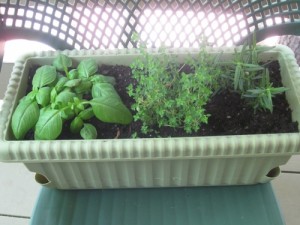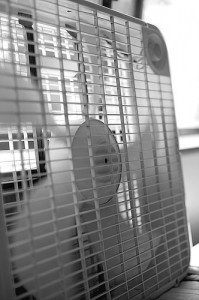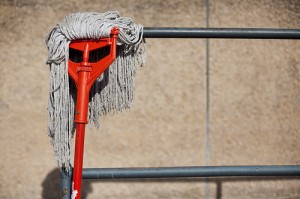 Marketing companies have drawn a pretty clear line in the sand between disposable products and reusable ones. Disposable is synonymous with convenience, ease of use, and less work — but you pay a higher price for that convenience. Reusable products are better for your wallet and the environment, but harder work. Is this always the case, though? Like most things, I think it’s way more complicated. Depending on the product and your life circumstances, these rules often don’t apply.
Marketing companies have drawn a pretty clear line in the sand between disposable products and reusable ones. Disposable is synonymous with convenience, ease of use, and less work — but you pay a higher price for that convenience. Reusable products are better for your wallet and the environment, but harder work. Is this always the case, though? Like most things, I think it’s way more complicated. Depending on the product and your life circumstances, these rules often don’t apply.
Here are a few examples based on my experience.
Mop and bucket vs. disposable floor cleaning pads
For most of my life, I lived in places with wall-to-wall carpet and just a small space with hard flooring — the bathroom and kitchen. Filling a bucket with water and swabbing the deck the old fashioned way just didn’t seem worth the time with such small spaces. For years, I used a Swiffer wet jet and I was perfectly content with the results. Then I moved into a house with wall-to-wall laminate flooring and a small child. Suddenly, the Swiffer was a huge pain. It took several pads to get through all the floors in our house, and I never felt like they were clean enough.
I finally broke down and mopped the floors with an old fashioned reusable mop and bucket, and I was shocked to find that it was easier. The large mop head cleaned the floors much faster. I used vinegar and just a little Dawn dish soap, so cleaning solution cost next to nothing (and is healthier for my toddler than chemical-filled cleaning solutons). When I was finished, I tossed the cotton mop head into the washing machine in an old pillow case with a load of towels, and let it air dry. It was so simple, and so much cheaper. I’m kicking myself for not switching sooner.
Paper towels vs. reusable rags
I made the switch to reusable rags earlier this year, and I’m happy I did it. Paper towels cost a fortune, they aren’t very eco-friendly, and I’ve found that it’s easier and faster to clean most messes with a nice thick rag. Rags are a little fussy to wash — if you throw them into the hamper wet, they will mildew and stink. It’s also a good idea to put them through a hot wash with vinegar and a second wash with detergent to prevent stink problems. It’s been worth the trouble for me, though.
I do still keep paper towels on hand for some messes, though. I don’t like to use reusable rags or sponges to clean the counter or sink after handling raw meat, and paper towels are the best way to clean glass and mirrors without leaving streaks. Switching to rags 95% of the time has saved us a bundle, though, and reduced our footprint.
Plastics bags vs. reusable shopping bags
This one is a no-brainer for me. Reusable bags are affordable, carry more stuff, and are generally easier for me to carry. The only real downsides are remembering to bring them and keeping them clean (I do ask for a plastic bag to transport raw meat, and I wash my bags regularly). I occasionally request plastic bags for small purchases, because I like to stock pile them and use them as trash bags for the little trash cans in the bathrooms. I figure it’s better to reuse a plastic bag than buy plastic bags for that purpose. Aside from that, reusable bags are a clear winner.
Disposable toilet bowl cleaners vs. a toilet brush
Disposable toilet bowl cleaners are my guilty cleaning secret. The OCD germophobe in me can’t handle the reusable toilet brush. I never felt like I could get them clean, and then I couldn’t figure out how to let them dry without leaving them out in the open in the bathroom, so I’d stick them back in the stand wet and they’d start to mildew or mold and ugh. I can’t handle it. So I pay a small fortune for the convenience and sanitary bliss of replacing disposable toilet bowls cleaners. When I’m done, I pop the cleaning pad into the trash, sanitize the wand, and get on with my life. So worth it for me.
Disposable diapers vs. cloth diapers
This one was a toss-up for me. For the first year of Judah’s life, I absolutely loved my cloth diapers. They saved me money, are better for the environment, and I really didn’t feel like they were too much hassle. Just a couple extra loads of laundry every week. Then my son turned 1. We stopped breastfeeding shortly after his first birthday, and suddenly cloth diapers weren’t so easy anymore. I made the switch to disposables full-time, boxed up my cloth for the next baby, and I’m thankful I did it every time I change a poopy diaper.
So what do you think? When do you prefer disposable over reusable and vice versa?
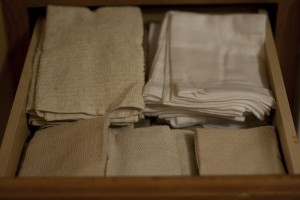
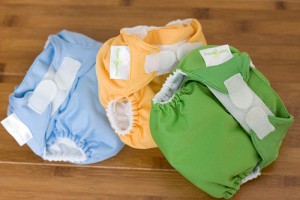

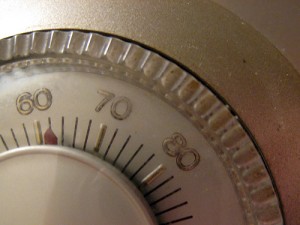
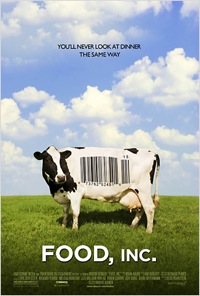 Weekend before last, Tony and I saw the documentary “
Weekend before last, Tony and I saw the documentary “